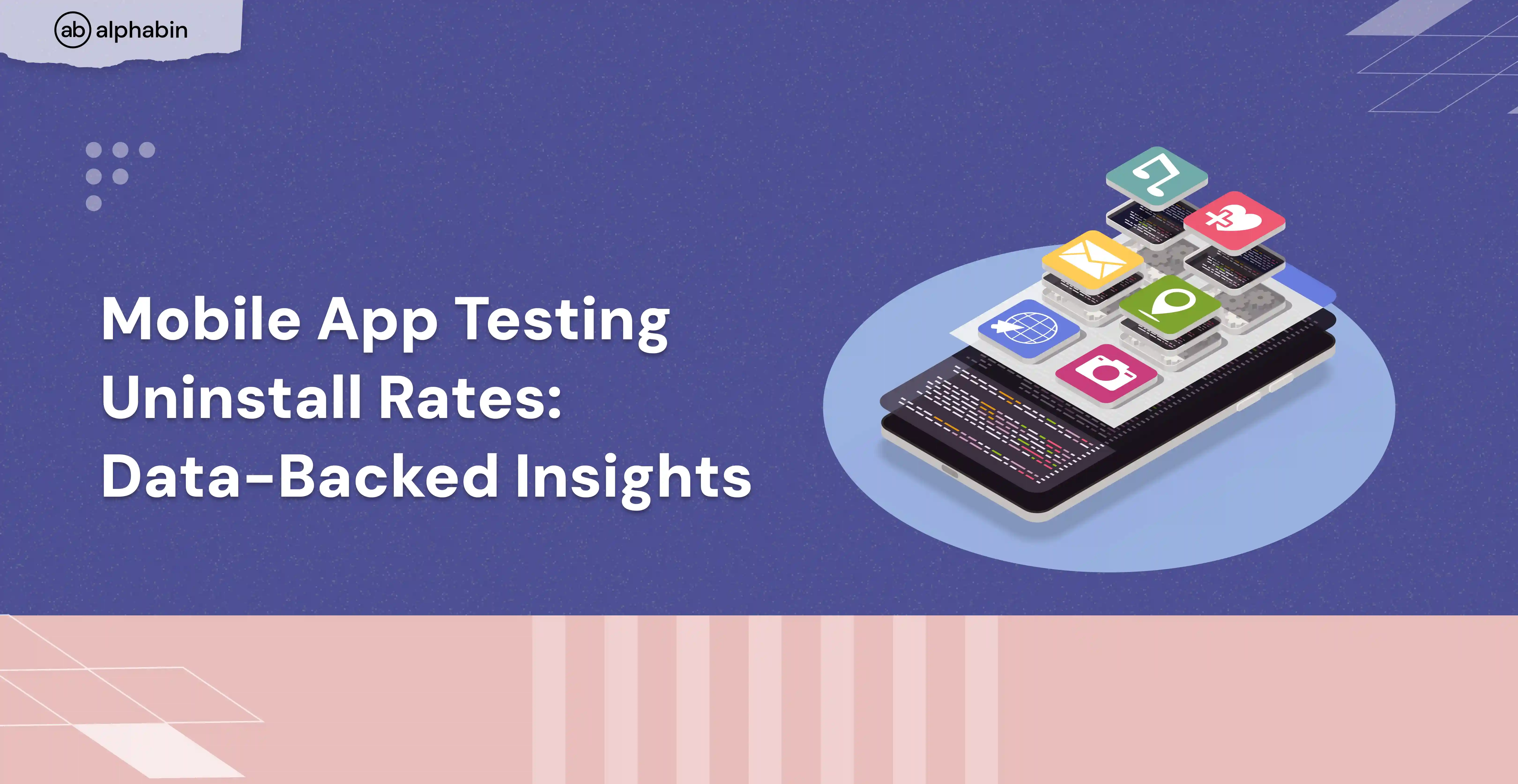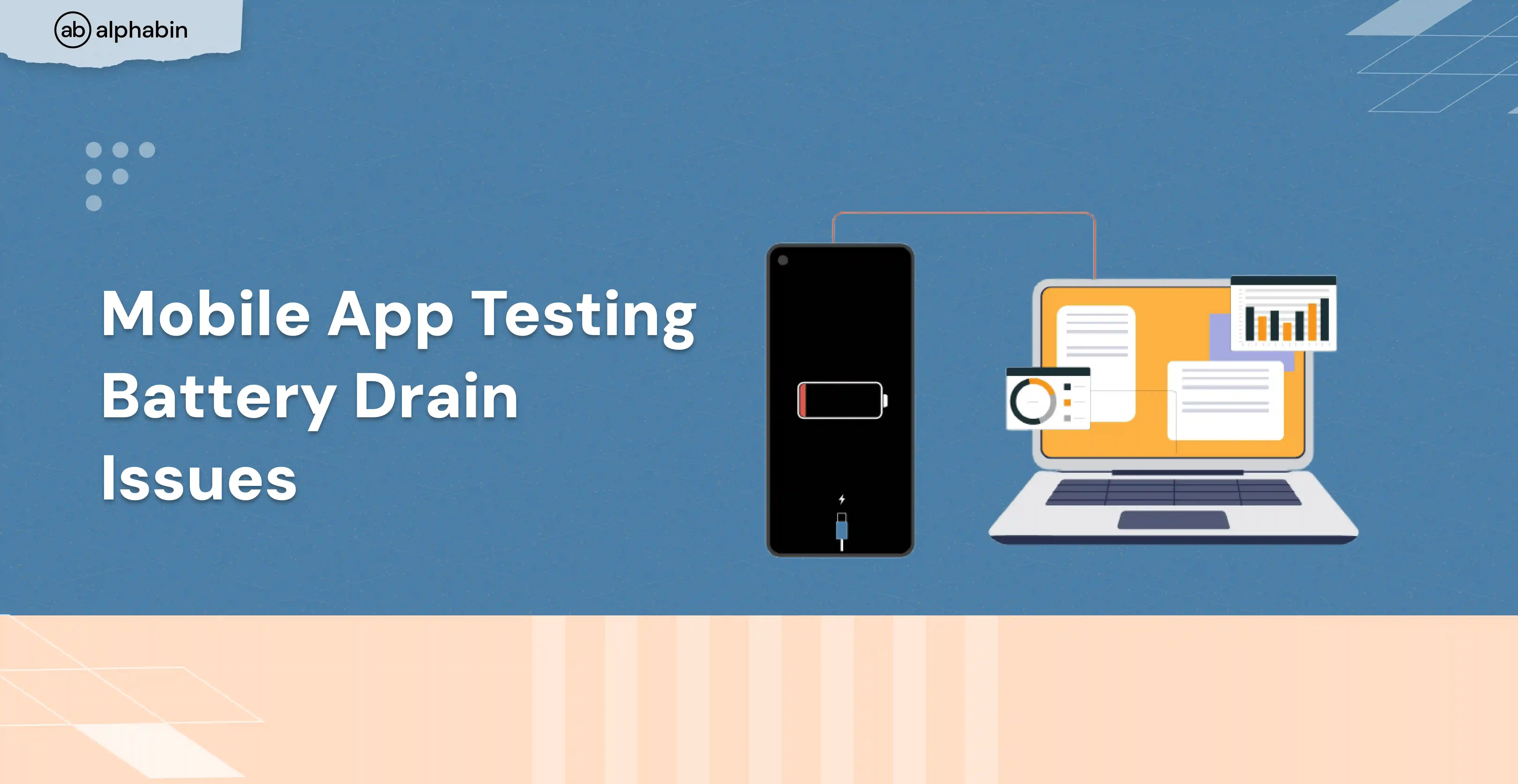Is Your API Built to Handle the Real World?
APIs power everything—from your favorite apps to critical business systems. But what happens when your API is subjected to large or unexpected traffic, security threats, or plunges under load? One weak link can destroy UX, destroy data or take down your service.
API testing serves as your safety system beyond being a mandatory requirement. Faster development schedules and increased user demands during 2025 require organizations to make essential testing tool choices.
A poorly tested API can lead to downtime, frustrated users, and lost trust—while a well-tested one delivers speed, security, and seamless performance. The right approach ensures your API doesn’t just work—it thrives under real-world demands.
{{cta-image}}
What is API Testing?
API testing serves as a tool to test programming interfaces to analyze system behavior and gauge dependability and performance without compromising security. API testing targets business logic by API verification, which occurs before UI functionality goes live.
It ensures the data is valid and the responses correct before thinking of the user interface at all. REST, SOAP, and GraphQL use different communication protocols for APIs, thus, each of them will use different formats for certain parameters and variables.
Key Aspects of API Testing
API testing evaluates several critical components:
- Functionality: Verify that APIs return expected responses.
- Reliability: Check if APIs function right over some time.
- Performance: Measure speed and efficiency under different loads.
- Security: Identifies vulnerabilities to prevent data breaches.
Benefits of Using Specialized API Testing Tools
API testing helps both developers and organizations as part of their testing process. This list shows the main results this approach provides for testing teams and organizations.
- Improved Accuracy
This API testing will ensure that the APIs work correctly and return the desired response, thereby decreasing the risk of error, bugs, etc. Software applications must maintain integrity through this accuracy to ensure their quality. - Increased Speed API testing automatizes the testing process which shortens the time and quality input for evaluation of APIs. It takes a lesser time and effort to maintain manual testing, which in turn helps in faster development cycle.
- Better Teamwork
API testing fosters better collaboration between developers and QA testers. It confirms if APIs fulfill the needed standards, thus ensuring a more coherent and faster development procedure. - Stronger and More Reliable Software
API testing aims to check that APIs are robust, reliable, and secure. It reduces potential errors or bugs that can spoil the quality of the whole software and provides a more reliable one. - Faster Release Process
API testing allows testing the APIs much faster and efficiently. This helps organizations to have the freedom to bring their products to market more quickly than others.
Why Should You Choose API Testing Tools?
Automated validation of API functionality is an important part of the process, and API testing tools make this as easy as possible. By using these tools, teams can more than double the test efficiency, coverage, and accuracy so that the quality of their software goes up.
Efficiency
- Repetitive tests can be automated using automated tools that perform the tests quickly and accurately.
- Having teams concentrate on critical test scenarios helps reduce manual effort.
- Decrease time to test execution speed to oppose a fast-paced development cycle.
Coverage
- Ensures proper testing of all the API endpoints for the same.
- It supports functional, performance, security, and load testing.
- Ensures API responses are validated for different environments and data inputs.
Accuracy
- It points out security vulnerabilities, performance bottlenecks, and functional flaws.
- Reduces the amount of human errors in test execution.
- Makes the API responses consistent and reliable.
Collaboration
- It allows for an uninterrupted conversation between developers, QA testers, and the DevOps team.
- Provides a way to integrate into CI/CD pipelines for continuous testing.
- Provides communication between reports, logs, and test cases that are shared.
Top 10 API Testing Tools to Use
The reliability, performance, and security of applications depend on API testing. These leading 10 API testing tools will be efficient and possess great capabilities as 2025 unfolds.
1. TestGenX

TestGenX is an API testing tool built with AI that enables test case creation without writing codes. By streamlining the testing process, the testing effort goes down without affecting the accuracy and efficiency.
With the AI-enabled maintenance, test cases of TestGenX can be updated according to how API evolves. Thus, it becomes a perfect option for teams aiming to expand their testing attempts effectively to ensure complete coverage and reliability.
Key Features
- No coding required: This is Perfect for testers at all skill levels.
- Effortless automation: Through test automation, it generates test scripts by capturing user actions, cutting down test creation time by 50%.
- Enterprise-ready: Execute multiple API test scripts in parallel for large-scale testing operations.
- AI-powered efficiency: Tests run 4x to 5x faster with stable, reliable element identifiers.
Seamless integration: Fully supports CI/CD workflows and integrates easily with Jira, GitHub, and Slack for efficient collaboration.
2. Postman

Postman is a popular API testing and development tool that is widely used for its simple interface and wide variety of features. This speeds up the API life cycle by allowing developers and QA to streamline the design, testing, and monitoring processes.
Postman has automation capabilities that can set up workflow automation for teams, which saves time and helps keep APIs reliable.
Key Features
- Automated API testing with Postman Collection
- CI/CD integration for continuous testing
- Mock servers for testing API responses
- Real-time collaboration and API documentation
3. Katalon Studio

Katalon Studio is a complete test automation platform for programming API, web, and mobile application testing. A Friendly user interface, which, along with powerful scripting, enables it to be used both by beginners and pros.
Katalon has built-in test creation tools (script or no code) available, but you still have the flexibility if you prefer scripting. It offers extensive integration with the CI/CD pipeline, making the software development workflow fully automated.
Key Features
- Simplifies test creation with predefined test steps, reducing manual scripting efforts.
- Provides detailed insights, logs, and dashboards to track test execution and performance.
- Enables continuous testing in automated deployment pipelines.
- Ensures broad compatibility for various API architectures.
4. JMeter

Apache JMeter is an powerful open-source load-testing tool used for testing APIs, web applications, and servers. Its main feature is to test the scalability and response times of applications under heavy traffic, while also it supports functional API testing.
It allows the testers to simulate thousands of concurrent users and so is great for stress or endurance testing. JMeter has an intuitive GUI with enough scripting capability for beginners and advanced users.
Key Features
- Supports multi-node execution to simulate high user loads.
- Supports various protocols, including HTTP, HTTPS, and FTP that ensures broad compatibility with different API and network protocols.
- Enhances functionality with custom plugins, Java, and Groovy scripting.
- Works with Jenkins, GitLab, and other DevOps tools for continuous optimization.
5. Soap UI

SoapUI is an API testing tool capable of testing SOAP and REST web services. It is being used within the enterprise environment for complex API architectures with advanced validation, security, and automation.
Xml testing is easy with SoapUI and has great features like functional, regression, and performance. The tester can simulate the API interactions, handle the dynamic responses, and load testing to make sure the system is reliable.
Key Features
- Detects vulnerabilities, performs penetration testing, and ensures API compliance with security standards.
- Uses external data sources like databases, Excel, and JSON to enhance test coverage.
- Enables powerful scripting for complex assertions and workflows.
- Provides detailed execution reports, logs, and test summaries for in-depth analysis.
6. Rest-Assured

Rest Assured is a Java-based API testing framework that helps us with the automation of the RESTful web service. It gives the developer an intuitive, fluent syntax to write concise and readable API tests. It is specifically built for Java environments and works perfectly well with testing frameworks like JUnit and TestNG.
Key Features
- Behavior-Driven Development (BDD) support
- JSON and XML response validation
- Seamless integration with Java-based projects
- Built-in support for authentication and authorization testing
7. Karate DSL

Karate DSL is a powerful test automation framework to automate API testing, performance testing, and automation in a single tool. BDD-guided, lets testers or developers write API tests using a simple and human-readable syntax without having domain programming skills. It’s a versatile API as it supports JSON and XML response validation.
Key Features
- Uses Gherkin-style syntax for intuitive and readable test case definitions.
- Supports API response parsing and validation for different data structures.
- Runs multiple tests concurrently to speed up execution times.
- Works smoothly with Jenkins, GitHub Actions, and other DevOps tools.
8. Apigee

Apigee, a Google Cloud API management platform, offers powerful tools for API development, security, and analytics. It is an API lifecycle management tool that lets businesses build and deploy their APIs efficiently. Integrated testing by Apigee guarantees API health as APIs continue to be secure, reliable, and performant at different workloads.
It is an ideal choice for scaling an enterprise's API infrastructure with built-in threat detection, automated governance, and real-time traffic monitoring.
Key Features
- API traffic monitoring and analytics that provide real-time insights into API performance and usage trends.
- Identifies vulnerabilities and prevents unauthorized access with robust security measures.
- Automated API governance and policy enforcement
- CI/CD integration for continuous testing that supports DevOps workflows for automated API testing and deployment.
9. Swagger

Swagger is a part of the OpenAPI Initiative and is a great toolset for designing, documenting, and testing APIs. This helps simplify the development of API by giving you interactive documentation to view all API endpoints, API endpoints themselves can be tested directly and are validated by the API spec.
For an API-first development team, swagger formalizes agreement across an API using the OpenAPI Specification (OAS), making it a necessity.
Key Features
- Ensures compliance with the OpenAPI standard for consistent API design.
- Enables testing without relying on a fully developed backend, speeding up development.
- Allows developers to explore and test APIs directly from the documentation.
- Works with tools like Postman, Apigee, and CI/CD pipelines for efficient testing.
10. Assertible

If end-to-end API testing is something you need in your CI/CD process, then Assertible is your partner in the API testing tool. It automates test execution and validation so that the API contracts can be kept intact during the whole software development lifecycle.
With Assertible, teams can define custom assertions, which helps test a lot of different API scenarios in depth.
Key Features
- Ensures API responses adhere to expected structures and behaviors.
- Run automated tests during deployments to catch errors early.
- Supports flexible validation rules for precise testing.
- Alerts teams immediately when API issues arise, preventing production failures.
How to Choose the Right API Testing Tool for Your Needs?
The selection of API testing tools depends on project requirements in combination with team expertise and budget elements. Several critical elements need attention when selecting an API testing tool.

1. Project Requirements
- Determine their functional testing, performance testing, security testing, or automation testing requirements.
- The tool should also support the type of applications it connects to, such as REST, SOAP, GraphQL, and others.
2. Team Expertise
- Select a tool that will be compatible with the technical level of knowledge of the team.
- If your team does not have an experienced programming team, then low-code or no-code solutions are preferable.
3. Integration with CI/CD Pipelines
- Make sure that the tool fits nicely into your CI/CD pipelines for the process to be as automated as possible.
- Check for integration with tools and services such as Jenkins, GitHub, Actions, and Azure DevOps.
4. Scalability and Performance
- For the enterprise, choose the tools that are capable of load testing and work in distributed systems.
- If you consider using it as a not saturating with infrastructure options, then search for cloud services.
5. Community and Support
- Tools that have active communities, are well documented, and have good customer support should be considered.
- Open-sourcing software, especially those that have large community support, has been proven to be strategic in the long run.
{{cta-image-second}}
Conclusion
By 2025, successful API testing will be crucial for the functioning of contemporary applications in the world. As the software systems become more complicated, the testing tool can improve the effectiveness, safety, and stability of your APIs. In the first step, one must choose a tool that would be best suited to your functional requirement, performance testing, or security testing.
API testing if done properly with the right tool, is beneficial for the team to reduce overhead and enhance the efficiency of handing over the product to another department. If you find yourself in possession of the right tool, the APIs provide increased user satisfaction and substantially improve the entire software product.



.svg)











